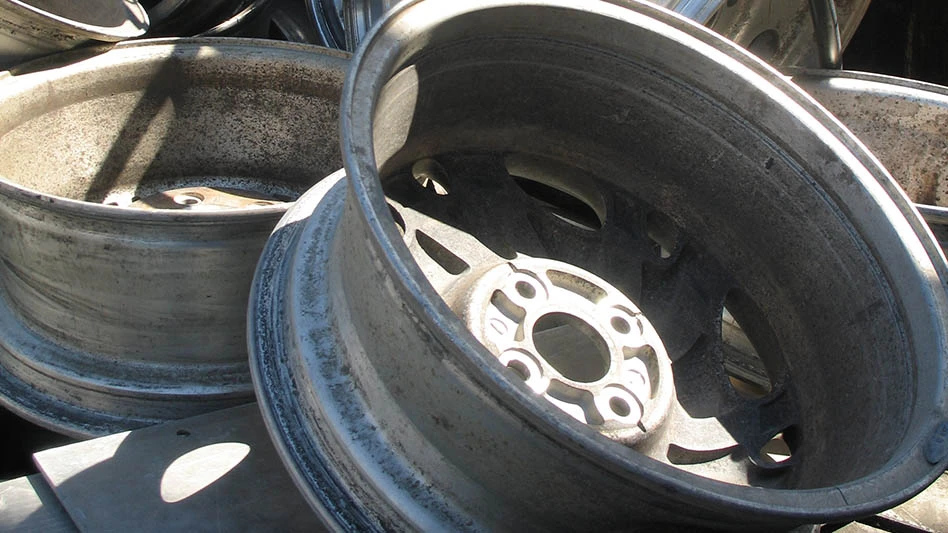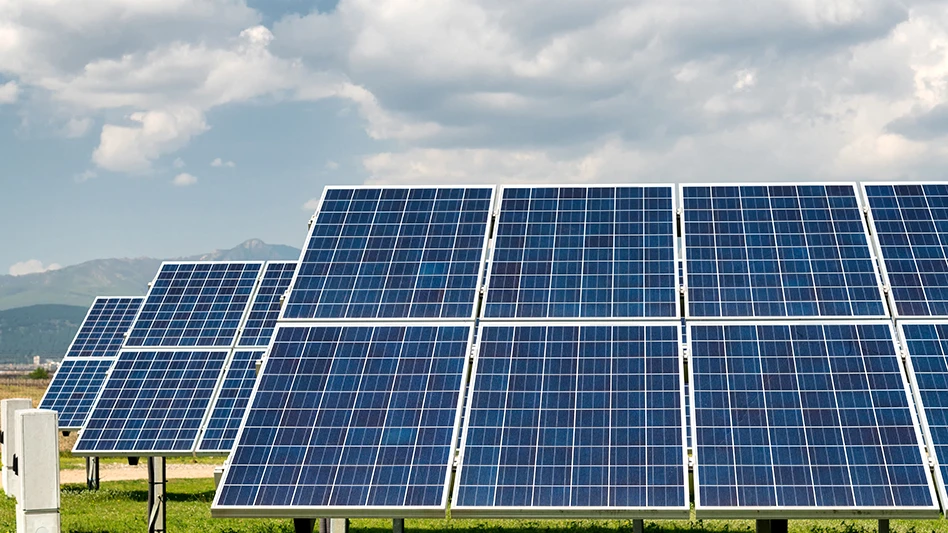
Dmitri Izosimov | dreamstime.com
The Recycled Rubber Coalition, Washington, has released a white paper titled "An Unexpected Electric Vehicle Environmental Problem With Common Sense Solutions" that examines how the rapid adoption of electric vehicles (EVs) will lead to an increase in scrap tires and provides practical solutions for the recycling and reuse of these tires.
The coalition is made up of organizations and companies involved in recycling rubber and manufacturing materials from recycled rubber products and operates with support from the Institute of Scrap Recycling Industries (ISRI), Washington.
While the coalition says growing demand for EVs is an exciting development, the increased scrap tires they produce compared with internal combustion engine vehicles must be recognized. “While excellent recycling options exist, effective government policies supporting the market expansion of recycled rubber are crucial for enhancing and encouraging industry reuse efforts,” according to the Recycled Rubber Coalition.
"This report reveals an urgent need to increase the reuse rates of scrap tires in the years ahead," says Art Dodge, CEO of Ecore International, a rubber recycler and manufacturer based in Lancaster, Pennsylvania, that is a coalition member. "The good news is that our industry has reduced the U.S.' stockpile of scrap tires before and, today, we have even more innovative end-use products that are sustainable, long-lasting and popular."
The U.S. currently produces approximately 315 million scrap tires annually, according to the Recycled Rubber Coalition. The coalition estimates the number of scrap tires that will be produced as drivers transition to EVs will increase by 12 percent, reaching 352 million annually by 2030, citing market research that predicts EVs will make up 40 percent of passenger car sales and 35 percent of truck sales by 2030. The coalition notes that EVs are 20 percent heavier than equivalent gas-powered vehicles and can reach maximum torque almost instantaneously, both of which increase friction and contribute to increased tire wear and waste.
Although scrap tires can be recycled, tire production has surpassed the available markets for recycled rubber, the coalition says, noting that the recycling rate decreased from 96 percent in 2013 to 71 percent in 2021. The increase in scrap tires generated by EVs will only compound this problem if recycled rubber markets are not expanded.
The paper mentions the innovative ways scrap tires can be reused and recycled, such as tire-derived aggregate and rubber-modified asphalt (RMA), and the coalition advocates for state and federal policies that prioritize grants to expand use of recycled rubber.
According to the Recycled Rubber Coalition, using recycled rubber for RMA benefits state transportation departments’ budgets, motorists and the environment. “Yet the current market for RMA uses only 3 percent of the total scrap tires generated in the U.S. annually. A 2-inch-thick RMA resurfacing project uses about 2,000 scrap tires per lane mile; that means that a project on a four-lane high uses 8,000 scrap tires per mile! With an estimated 8.7 million miles of road lanes across the U.S. and recent federal investment in infrastructure, there is ample opportunity to put scrap tires to use and expand the use of RMA,” the paper reads.
The Recycled Rubber Coalition calls for a number of policy solutions in its paper:
- ensuring all 50 states have fees on the purchase of new tires, which are critical for reducing illegal tire dumping and encouraging higher-end uses for recycled rubber;
- prioritizing grants from the U.S. Environmental Protection Agency and the Department of Energy for expanding recycled rubber uses; and
- prioritizing policy that supports market expansion.
The full report is available here.
Latest from Recycling Today
- RMDAS April figures show recycled steel price setback
- Steer World offers PEX plastic recycling machine
- New recycling grant program launches in Massachusetts
- Tire Recycling Foundation names executive director
- Dock 7 named 2025 Exporter of the Year at New Jersey International Trade Awards
- Waste Connections reports ‘better than expected’ Q1 results
- Commentary: How EPR is transforming the packaging industry
- Acerinox names new North American Stainless CEO





